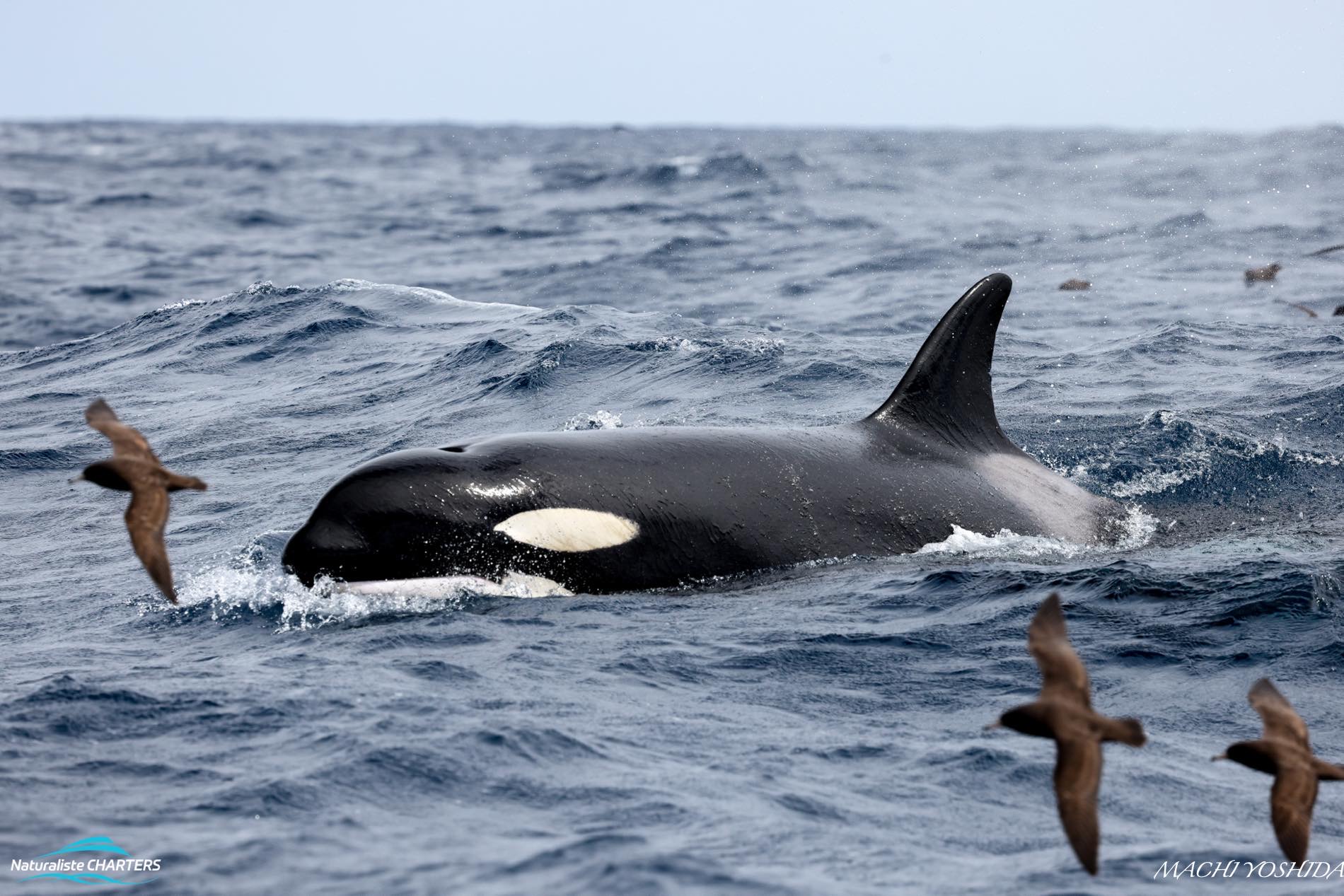Unforgettable Encounters on Our Killer Whale Expeditions
February in Bremer Bay was nothing short of spectacular, with Legend Charters leading multiple killer whale expeditions throughout the month. The rich waters of the Southern Ocean came alive with breathtaking marine activity, giving our guests unparalleled wildlife encounters. From dramatic killer whale sightings to the mesmerizing presence of seabirds and other marine species, February was a month to remember.
For those who have yet to experience the magic of killer whale expeditions, now is the perfect time to reflect on the highlights of the past season and start planning for your own adventure.
February 2025: A Month of Thrilling Sightings
The killer whale expeditions this February provided some of the most memorable sightings we have seen in recent years. Here are some of the standout moments from the past month:
Early February: A Strong Start to the Season
As the expeditions began in early February, the ocean greeted us with calm conditions, allowing for smooth cruising into the Bremer Canyon. The first few trips were marked by thrilling interactions with pods of killer whales, as they displayed their impressive hunting skills and social behaviors. Guests were awed as they watched these apex predators move gracefully through the water, their sleek black-and-white bodies contrasting against the deep blue ocean.
Seabirds, including shearwaters and albatross, were in abundance, gliding effortlessly over the waves as they followed the action below. The symbiotic relationship between the marine birds and killer whales was on full display, showcasing the incredible balance of life in these waters.
February 13, 2025: A Spectacular Mid-Month Encounter
One of the most exhilarating days of the season occurred on February 13. The morning started with calm seas and overcast skies, creating a moody and mysterious atmosphere over the canyon. As the crew scanned the horizon, the telltale signs of killer whale activity became evident—birds circling, slicks on the water, and, finally, the majestic dorsal fins breaking through the surface.
On this day, a particularly active pod engaged in high-energy hunting behaviour, creating a frenzy of activity both above and below the surface. Guests watched in awe as the killer whales coordinated their movements, working together to track and capture their prey. It was a true testament to their intelligence and social structure.
Adding to the spectacle, a rare sighting of a blue shark was recorded near the vessel, making the day’s experience even more unique.
February 28, 2025: A Grand Finale to the Month
As the month drew to a close, the ocean continued to deliver unforgettable moments. On February 28, the final trip of the month took guests into the heart of Bremer Canyon, where a large killer whale pod was seen engaging in playful interactions.
Unlike the hunting behaviours witnessed earlier in the month, this sighting was more social in nature. The whales breached, spy-hopped, and tail-slapped, putting on a spectacular show. At one point, a juvenile killer whale curiously approached the boat, offering a rare close-up experience that left everyone on board speechless.
Crew members noted that this level of social activity is often a sign of strong pod bonds and suggests that the killer whale population in the area remains healthy and thriving.
Join Us for the Next Killer Whale Season
With February 2025 behind us, we are already looking forward to the next wave of killer whale expeditions. The Bremer Canyon remains one of the world’s most significant hotspots for killer whale activity, and each season brings new and exciting opportunities to witness these incredible creatures in their natural habitat.
If you haven’t yet had the chance to experience the thrill of killer whale expeditions, now is the time to start planning. Whether you’re a seasoned marine enthusiast or a first-time adventurer, Legend Charters offers an experience unlike any other.
📅 Book your spot for the month of March and be part of the magic!
For more information on upcoming Killer Whale Expeditions, availability, and what to expect, visit our website or contact our team today.
🐋 Don’t just hear about it—experience it for yourself!



